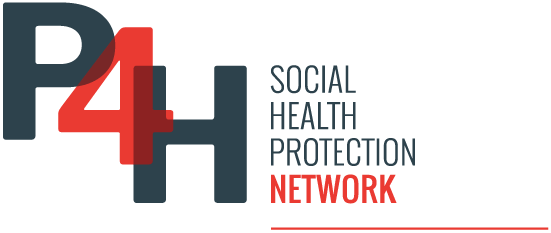Despite notable increases in public spending, Moroccan households continue to shoulder 38% of health costs—well above the WHO’s 25% threshold for financial protection.
A new report from the Ministry of Health and Social Protection reveals that out-of-pocket payments remain the primary source of health financing in Morocco, covering 38% of total health expenditure in 2022. While this marks an improvement from 45.6% in 2018, it remains significantly above the World Health Organisation’s recommended ceiling of 25%. This financial strain on households is driven primarily by the cost of medicines and outpatient services.
The National Health Accounts show that total health spending rose by 34.1% between 2018 and 2022, reaching 81.7 billion DH and accounting for 6.1% of GDP. State contributions increased to 30.3%, and health insurance now covers 31% of expenditure. Despite this progress, Morocco still lags behind the global average of 7.4% of GDP spent on health.
Pharmacies and private practices absorbed nearly one-third of healthcare spending, while hospital care remained the largest expenditure category. With the goal of universal health coverage, the government is urged to implement sustainable financing reforms and reduce household burdens, particularly through improved access to affordable medicines and preventive care.


